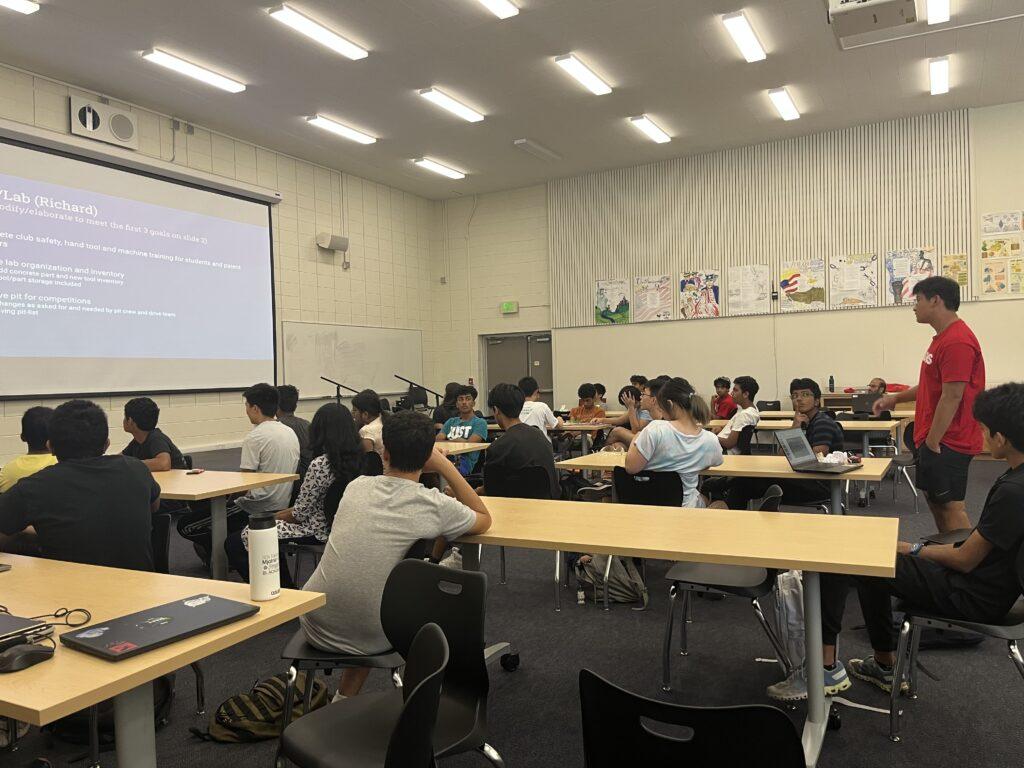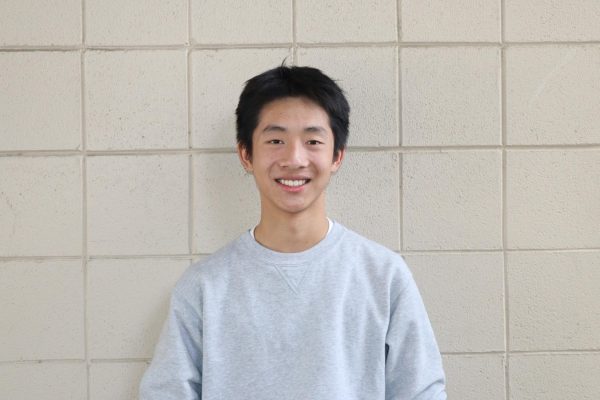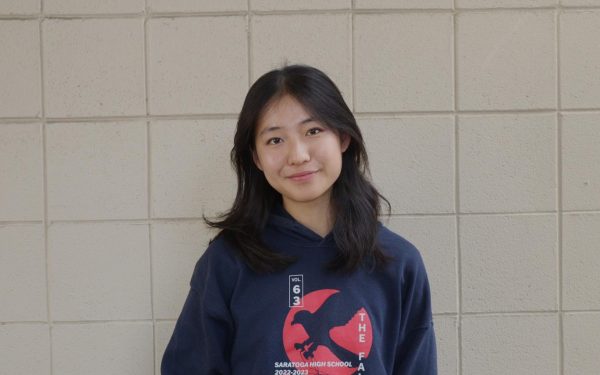Every year, the school’s FIRST Robotics Competition (FRC) team — MSET Fish — is flooded with many more applications than it has open positions.
Its popularity might be because it has qualified for the FIRST World Championships seven times and won over 20 awards in its 22-year history. But despite its success, many participants still believe that the team still has a ways to go in improving its organization and integration of newer members.
According to MSET staff adviser and biology teacher Jennifer Lee, the problem lies in the inherent characteristics of a typical FRC team: the large size, time dedication and the demanding 6-week season that runs from early January to April. This year, the team has nearly 50 members, all working on a single competition robot.
Due to the large team size, however, uneven task distribution is a frequent problem.
“When you have a big team, certain people who are more experienced or aggressive will be doing more work,” Lee said. “I don’t think that a big team means that you can’t distribute tasks; I think it means [you have to] take the time to make sure that people are equipped with the skills and opportunities to get involved.”
Another challenge is that the team only has five technical mentors, most with full-time jobs as Silicon Valley engineers. This means participants must do a lot of work independently — which takes longer than if a mentor were present to guide students.
During the offseason, which spans from April to December, the team requires members to attend sessions for six hours a week. However, when the build season begins in early January, the required time commitment triples to nearly 15 to 20 hours a week for members who make more technical contributions to the robot.
Every member is also required to volunteer for an outreach initiative for at least two hours during the offseason, such as mentoring local elementary schoolers in their First Lego League robotics competitions. Other than outreach initiatives, which primarily run during the offseason, the team is split into four technical subsystems: software, hardware, electronics and manufacturing. The software and hardware subsystems are then divided into different subteams, each responsible for a different mechanism on the robot, such as drivetrain or intake.
Since these teams are already fairly small, and most of the mentors’ attention is focused on the subteam leads, the team has had trouble delegating tasks to new members with less experience than veterans, according to senior team lead Cameron Nguyen. This then hurts team efficiency during competition season, because most experienced members end up having to spend their time mentoring new members rather than developing their actual robot during the time that it needs the most attention.
This season, the student leads and adult mentors are aiming to boost new member participation by building mentoring structures, encouraging team bonding and continuing to respond to constructive criticisms. One of the most common points of feedback that Lee got in her well-received one-on-one “office hours” was a desire for more non-technical activities during meetings.
Unlike previous years, the team holds occasional team-building activities during mandatory meetings that help members build relationships and encourage open communication without needing to spend hundreds of hours in the room together.
“I think team bonding [outside of working on robotics tasks] is important because when you’re bonding over a task, the relationship only forms because of the task at hand,” Lee said. “But if I know that you have my back, that can go a long way to relieving the tension when working on a task gets hard.”
In the software team, senior lead Govind Buttar is also training new members at a much slower pace in comparison to the previous year, so that they have a chance to learn the material in greater detail.
Although Buttar admits the slow pace may be a bit boring for some, he believes that if veteran members can remain patient and answer any questions that new members have, the team can successfully pass on knowledge that would have otherwise been lost after the current senior class graduates.
To make larger changes in leadership principles, Nguyen is working with other student leads and adult mentors. In order to ensure that student leads are capable of better organization and communication, Nguyen and the mentors plan to hold regular leadership workshops to teach said skills. They intend to change the leadership culture so that student leads always keep members up-to-date on subsystem progress and gradually teach the required skills.
“We want to eventually make the seminars a place to workshop ideas, and talk about recent and relevant topics that we can put into practice on the team,” Nguyen said.
For example, the team has already implemented a system that links new members and veterans together in “schools of fish” — support pods that are not restricted to their usual subsystems. These “schools of fish” sit together every Sunday mandatory meeting and form groups for each team bonding activity. So far, the team has elevator-pitched outrageous outreach initiative ideas, played capture-the-pool-noodle and folded paper planes and forts to attack and defend.
“This year, we are really going to push everyone to be involved and engaged, and we’re shooting for exponential growth as time goes on,” Nguyen said.






























